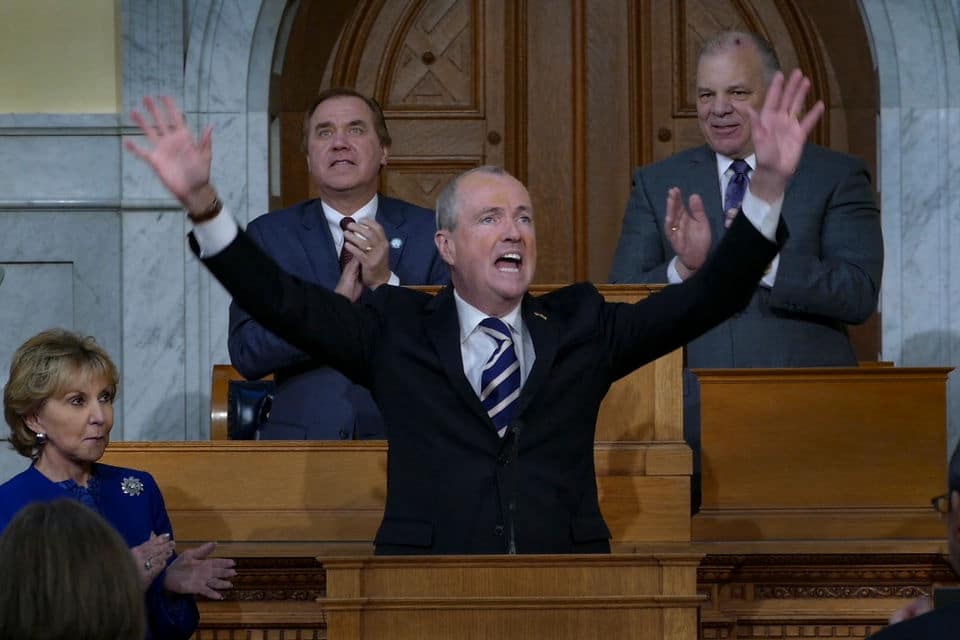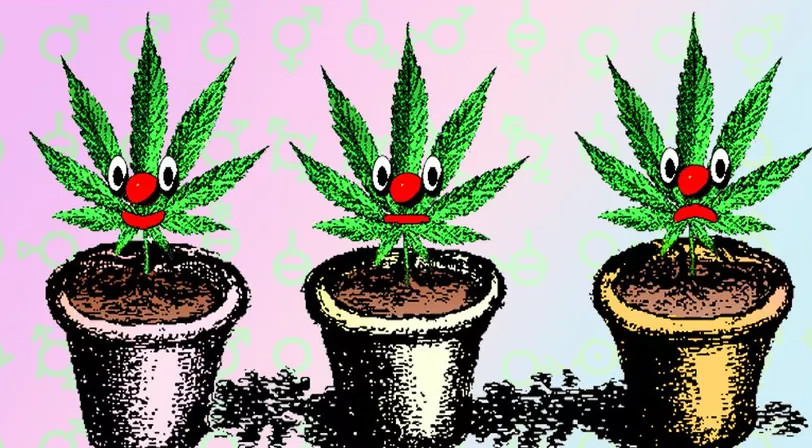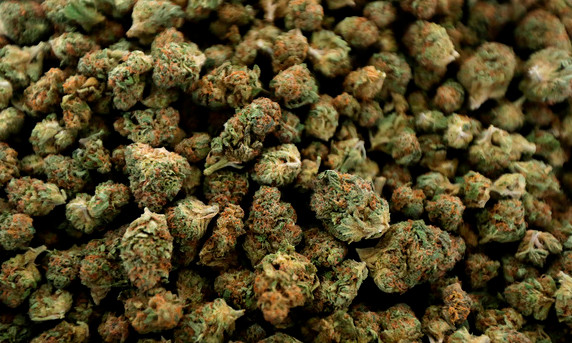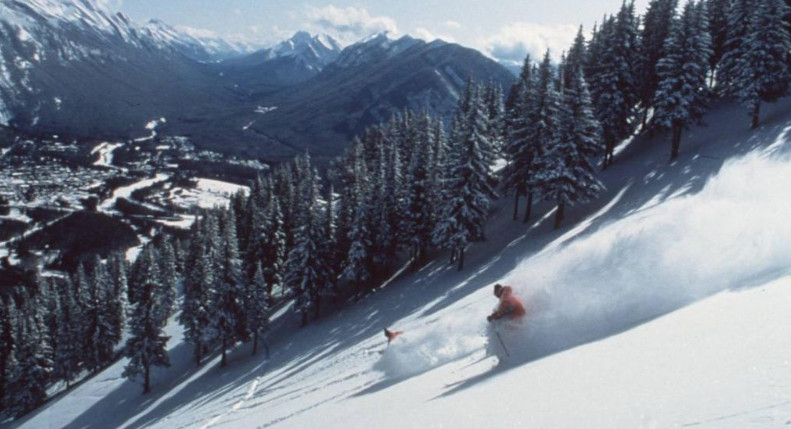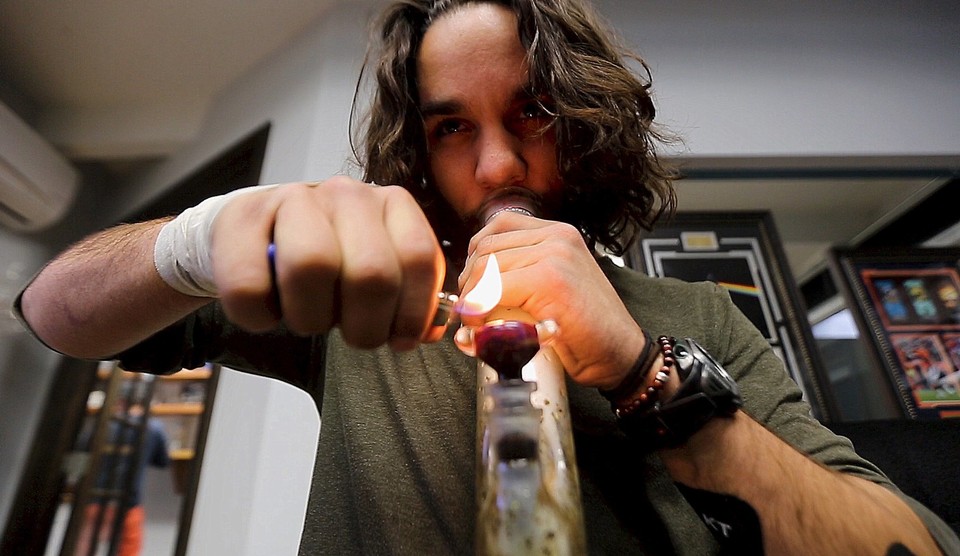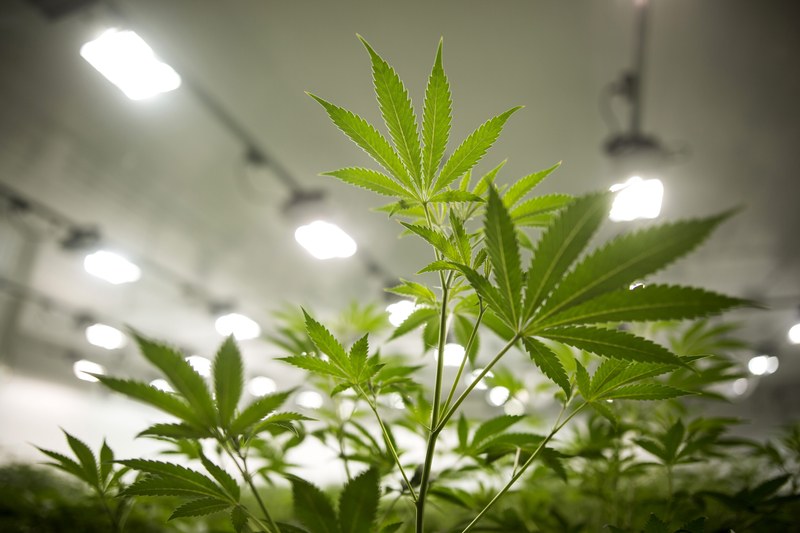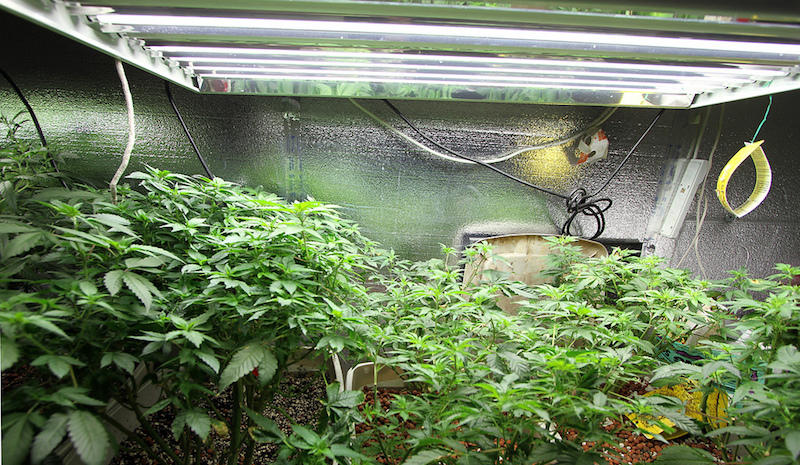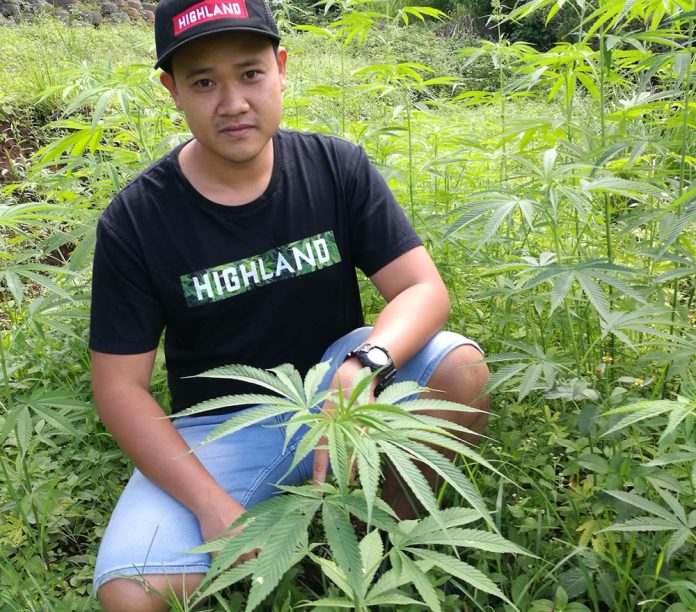Legal weed doesn’t seem to be a big problem yet.
Local police were prepared to handle plenty of calls about people driving under the influence of marijuana after the substance was legalized July 1, but so far, those calls haven’t materialized.
Cpl. Mike Reeve with the Morristown Police Department says that, as one of the state’s almost 60 drug recognition experts, “I figured as soon as legalized marijuana hit, we were going to get a lot of weed in cars, and we’re not.”
A law that took effect July 1 legalized possession of up to an ounce of marijuana for people over 21, and the growth of up to two mature plants and up to four immature plants on private property.
Reeve’s work as a drug recognition expert takes him all over the state, and he said he hasn’t handled a single case of driving on a marijuana high.
“I thought we would see a lot more of it being transported in cars, people having it on them,” he said.
Vermont State Police Lt. John Flannigan oversees the drug recognition expert program and says that, since July, drug recognition experts have been called out 68 times across the state.
That’s up from 55 calls over the same period of time last year.
Flannigan says he doesn’t know how much of that increase is due to driving while stoned — calls for drug recognition experts have been increasing steadily for years, he said.
He says Vermont State Police don’t yet have the toxicology reports to show how many of those cases involved marijuana.
Reeve says while some toxicology tests could be positive for tetrahydrocannabinol — the substance that delivers marijuana’s high — most cases of driving under the influence of drugs involve the use of several drugs at a time, mostly opiates and depressants, and he usually sees the effects of those drugs at the time of intoxication, not effects from cannabis.
“We saw a real spike in opiate use. Depressants were the No. 1 drug category that were being called with (drug recognition experts) in the state” in recent years, Reeve said.
“Unfortunately, what I think we’re going to see more of is the poly-drug” crashes, Reeve said.
In 2016, 46 percent of intoxicated driving cases were proven to be caused by multiple drugs, including the horrific crash that killed five Mad River Valley teens. The driver had THC in his blood, along with fentanyl, an opioid pain medication, and Midazolam, a depressant.
Stowe Police Chief Donald Hull says his department hasn’t had any cases driving while high on marijuana this year, and hasn’t called a drug recognition expert, either.
“There really hasn’t been anything unusual,” Hull said. “There hasn’t been any need where we’ve had to call a (drug recognition experts) or anything like that. We really haven’t seen any impact” from the new law.
Cannabis outside the car is a little more prevalent.
Reeve said the Morristown Police Department has had a few cases of people smoking marijuana in public, which is illegal under July’s law.
Those people got civil tickets, he said.
Last week, the police department received its first complaint about the theft of pot plants behind a house.
Why hasn’t marijuana had as big an impact as police feared if the law was enacted?
Reeve thinks it’s because the law is vague. He thinks people are being wary about their marijuana use because the law doesn’t spell out a legal way to obtain the plant, except by bartering or gifting.
It’s illegal to buy or sell marijuana, and the boundaries are gray on whether including a “gift” of marijuana with the sale of an item, such as a T-shirt or a snack, is legal.
He also thinks plenty of people’s plants, if they were planted after July 1, when possession became legal, aren’t fully mature yet.
Reeve has a theory that more marijuana cases will make themselves apparent in October, when people harvest their plants.
Hull thinks clarification from the state will bring more cannabis users out of the woodwork, too.
“We’re still waiting to see what happens with the state as far as what they’re going to do in the future. That’s all on hold. Other than that, it’s been fine,” Hull said.
Credit: www.stowetoday.com


